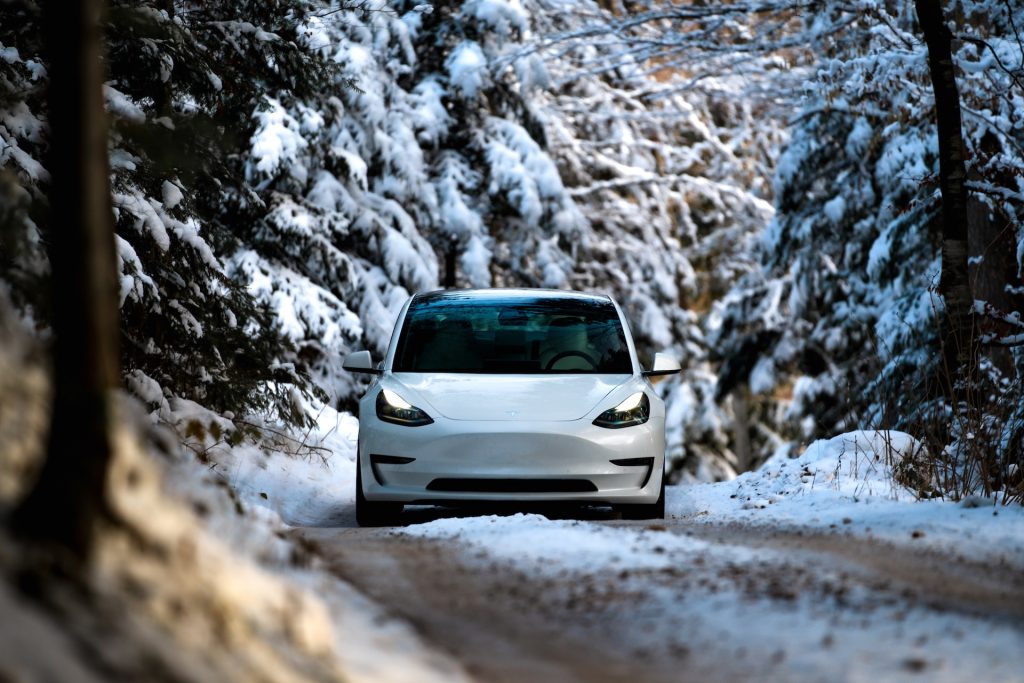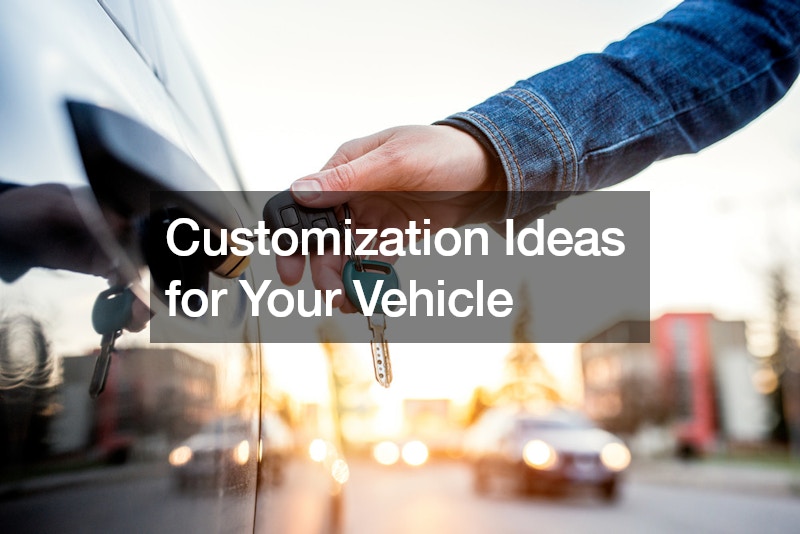As electric cars continue gaining popularity, many car enthusiasts have considered them a viable option for their next vehicle purchase. However, one factor that often raises concerns and doubts among potential buyers is how these vehicles perform in cold weather.
Electric cars may seem like the perfect solution for reducing carbon emissions and saving on fuel costs, but do they hold up in challenging climates? In this guide, we’ll explore the capabilities and limitations of electric cars in cold weather and provide tips for budget-savvy car enthusiasts looking to make the switch.
Explaining Electric Car Mechanisms in Cold Weather
Cold weather conditions can significantly impact the performance of electric cars. The primary concern is battery efficiency. Just like any other battery, the ones in electric cars are subject to the laws of chemistry and physics. As the temperature drops, the chemical reactions within the battery slow down, reducing its capacity and, thereby, the vehicle’s range.
Cold weather also means using more energy to heat the vehicle’s interior, which can reduce the car’s overall range. Moreover, the regenerative braking system, a feature that helps electric vehicles conserve energy, is less effective in colder temperatures. These factors combined can lead to a noticeable reduction in the driving range of electric cars during winter months.
However, it’s important to note that while the cold does affect electric vehicles, manufacturers are continuously working on improvements and innovations to mitigate these effects. Many newer models come equipped with features such as battery pre-heating and better insulation to optimize performance in cold weather.
Some of the challenges faced by electric cars in cold weather include:
- Reduced battery efficiency and range
- Longer charging times due to slower chemical reactions
- Less effective regenerative braking system
- Increased energy consumption for heating the vehicle’s interior
These challenges may seem daunting, but with proper planning and preparation, electric car owners can overcome them and enjoy the benefits of owning an environmentally friendly vehicle.
Battery Performance in Cold Weather
During frigid conditions, the performance of an electric car’s battery can be substantially impacted. Low temperatures cause the battery’s internal resistance to increase, thereby reducing its capacity to store energy. The cold slows down the chemical reactions that generate electricity within the battery. In turn, these slower reactions lead to lower energy output and reduced driving range, meaning electric cars might not be able to cover the same distances on a single charge as they can in warmer conditions.
Furthermore, low temperatures also lengthen the time it takes for the battery to recharge. This slower charging rate is again due to the reduced rate of the chemical reactions necessary for charging. It’s important to remember that while these effects can be noticeable, they can often be mitigated with appropriate strategies, such as keeping the vehicle in a heated garage or using a battery thermal management system, which many modern electric cars come equipped with. These strategies can help to maintain the battery’s temperature and improve its performance during cold weather.
Some strategies to optimize and maintain battery efficiency in colder climates include:
- Park in a heated garage or use a battery thermal management system
- Preheat the vehicle and battery before driving
- Avoid rapid charging in extremely low temperatures
- Keep the car plugged in when not in use to maintain battery temperature and reduce energy consumption for heating.
Heating Systems and Efficiency in Electric Cars
Understanding Heating Mechanisms in Electric Vehicles
Unlike traditional cars that generate heat from the engine’s waste heat, electric vehicles rely on electric heaters to keep the interiors warm, which can be a significant energy drain. These heaters work by converting electricity from the battery into heat, thus impacting the vehicle’s range because they draw from the same energy source that propels the car.
Some electric cars use a resistive heating system, similar to an electric space heater, consuming considerable energy. However, newer models employ more efficient heat pump systems that transfer heat from the outside air into the car’s interior, using substantially less energy.
Despite these advancements, running the heating system in an electric vehicle can lead to a significant drop in the car’s range in cold weather. To mitigate this, manufacturers have introduced features like seat heaters and heated steering wheels, which use less energy than heating the entire cabin. Plus, many electric cars now offer pre-heating while the vehicle is still plugged in, warming the cabin before you drive and preserving the battery charge for the journey. However, different electric car models offer varying heating efficiencies, influenced by their respective heating mechanisms and the technologies incorporated within them.
The Tesla Model 3, for instance, uses a heat pump system, which is more energy-efficient compared to traditional resistive heating systems. It is equipped with thermal management systems for its battery and cabin, contributing to superior heating efficiency, thus minimizing energy drain on the battery.
Nissan Leaf, another popular electric vehicle, combines a heat pump and a resistive heater. The model with a heat pump is more energy-efficient in moderate cold, while the resistive heater provides adequate heat in extreme cold, although at a higher energy cost.
On the other hand, the Chevrolet Bolt relies solely on a resistive heating system, which is less efficient than a heat pump but provides more consistent heating in extremely cold environments.
Lastly, the BMW i3 uses a heat pump system and offers an optional range extender that maintains the battery charge for longer, increasing the car’s overall heating efficiency during winter months. While every electric vehicle faces challenges in cold weather, the efficiency of its heating systems largely depends on the specific model and technology used.
Tips for Improving Electric Car Performance in Cold Climates
While electric cars may present certain challenges in cold weather, there are several strategies that owners can employ to optimize their performance.
- Precondition the Car: Preconditioning involves heating up the car’s battery and interior while it’s still plugged in. This process uses power from the grid rather than the car’s battery, conserving its energy for driving.
- Park in a Garage: Parking your electric car in a garage, especially a heated one, can help maintain the battery at an optimal temperature.
- Plan Your Charging Strategy: During cold weather, keeping the battery charge between 20% and 80% is recommended for optimal performance and longevity. Also, avoid rapid charging in extremely cold temperatures, as it can strain the battery.
- Utilize Seat Heaters and Steering Wheel Heaters: These use less energy than heating the entire cabin, helping to conserve battery life.
- Plan Your Journeys: Electric cars can lose up to 40% of their range in cold weather. So, plan your journeys well, considering the reduced range and longer charging times.
- Regular Vehicle Servicing: Regular maintenance checks can ensure your electric vehicle’s systems are functioning optimally. This is particularly important in cold weather when efficiency can be compromised.
Maintaining cabin warmth in electric cars during colder months might be a significant energy drain. Still, there are also a handful of strategies that owners can apply to conserve battery life. Here are some of them:
- Use Preconditioning: Preconditioning the car while it’s still plugged in can heat the interior of the car, without draining the battery. This process uses grid power rather than the car’s battery, thus saving its energy for driving.
- Layer Up: Instead of relying solely on the car’s heating system, dress warmly for your trip. Layering up can help keep you warm, reducing the need to use the heating system as much.
- Use Seat Heaters and Steering Wheel Heaters: Seat heaters and heated steering wheels use less energy than heating the entire cabin, so consider using these instead of the main heating system when possible.
- Limit the Use of Defrosting Features: The defrosting features in electric cars can consume a considerable amount of energy. Only use them when necessary and switch them off once the windows are clear.
- Insulate Your Car: Use insulating materials or thermal blankets designed for cars to keep the warmth inside and reduce the need for continuous heating.
Cold Weather Charging Challenges and Solutions
Electric Car Charging Considerations in Cold Weather
Charging electric cars in cold weather presents its own set of challenges. The most prominent concern is that charging rates can slow down due to the reduced efficiency of chemical reactions within the battery at low temperatures. Consequently, it can take longer for the vehicle to charge fully, impacting the convenience of using an electric car in cold climates. Furthermore, when the battery is cold, it may not accept the full power from fast-charging stations, making rapid charging an extended process.
Moreover, using the car’s heating system while charging, a common practice in winter to ensure a comfortable ride, can further slow down the charging process as it diverts some power for heating. Lastly, frequently charging the battery due to increased energy consumption in cold weather can also lead to additional wear and tear on the electric vehicle’s battery over time.
However, many of these challenges can be mitigated with smart charging habits and the use of advanced charging equipment. For instance, some modern electric cars come with a battery thermal management system that can heat up the battery to an optimal temperature for charging. Using a programmable charging system can also allow users to schedule charging during warmer times of the day. Furthermore, parking the vehicle in a heated garage can help maintain the battery at a warmer temperature, making charging more efficient.
Strategies to Address Charging Issues During Winter Months
Dealing with battery charging issues during colder months requires understanding winter’s unique challenges and adopting strategic measures to mitigate them. Here are some strategies that can help to overcome these challenges:
- Use a Battery Thermal Management System: Modern electric cars often have a battery thermal management system. This system keeps the battery at the ideal temperature for charging and discharging, ensuring the car runs efficiently even in cold weather.
- Schedule Your Charging Times: If possible, schedule your charging times to take advantage of the warmest parts of the day. This can improve the efficiency of your battery charging process as the cold weather will have less of an impact.
- Precondition the Battery: Preconditioning the battery while the vehicle is still plugged in can help prepare it for charging. It warms up the battery to the optimal temperature for charging, thus using grid power and preserving the battery’s energy for driving.
- Park in a Heated Garage: Parking your vehicle in a heated garage can help maintain the battery at a warmer temperature, making charging more efficient. If a heated garage is unavailable, even parking in a regular garage can shield the vehicle from the coldest outdoor temperatures.
- Use a High-Quality Charger: High-quality chargers often have built-in features to optimize the charging process in cold weather, such as power regulation and temperature management.
- Avoid Fast Charging in Extremely Cold Conditions: Fast charging in very cold conditions can strain the battery, reducing its lifespan. Try to use standard charging methods during freezing weather.
- Regular Maintenance: Regular maintenance checks can ensure that all components of the vehicle, including its charging system and battery, are in good working condition. This can enhance the overall efficiency of the vehicle, even in cold weather conditions.
Secondary Heating Options for Electric Vehicles
Beyond the standard heating mechanisms built into electric vehicles, there are additional options and technologies that can complement these systems in extreme cold weather. One of these is the installation of an auxiliary heating system. These are typically fuel-operated heaters that can provide additional warmth without burdening the electric vehicle’s battery. Webasto, for example, offers high-performance auxiliary heaters that can be installed in electric vehicles to supplement their standard heating.
Another innovative technology is the installation of thermal insulation. This includes specialized thermal barriers and reflective insulations, which help retain heat within the vehicle cabin. Some companies specialize in aftermarket thermal insulation products, such as Heatshield Products, which offers a range of solutions applicable to electric cars.
Finally, there are portable battery-powered heaters. These devices can be charged separately to warm the vehicle’s interior. While they won’t replace a car’s primary heating system, they can provide additional comfort in extremely cold conditions.
While cold weather presents challenges to electric vehicle operations, they are far from insurmountable. By understanding the specific limitations that cold climates impose on electric vehicle functionality, users can employ various strategies to enhance performance and maintain comfort. Preconditioning, adaptive charging strategies, and the use of auxiliary heating options are all ways to ensure the efficiency of your electric vehicle during colder months.
Furthermore, ongoing technological improvements reduce these challenges, cementing electric vehicles as a viable choice for all climates and seasons. As electric vehicle owners, staying informed and adaptable are our greatest tools in ensuring our cars remain efficient, reliable, and comfortable, regardless of weather conditions.






